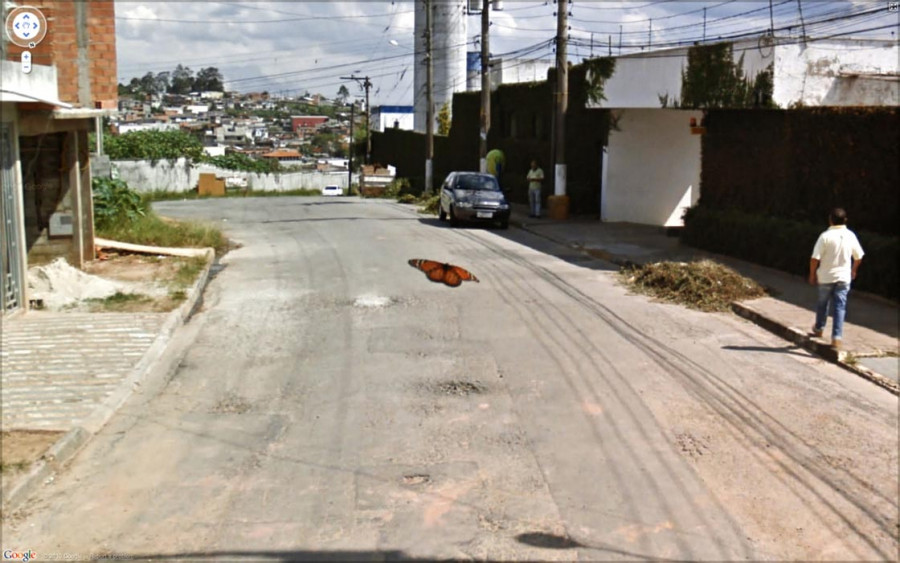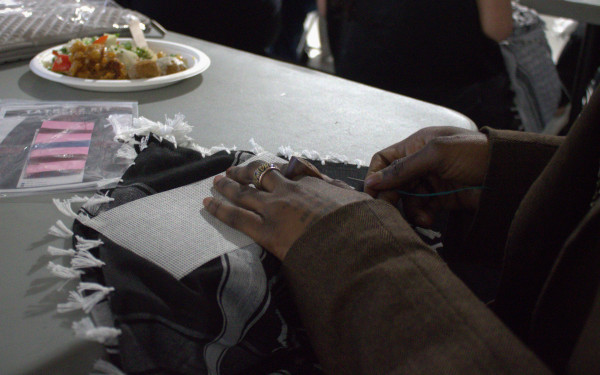A Trail Through the Digital Mountains
Montreal Artist Jon Rafman to Give FASA Talk
Two decades into the Internet era, more writing, more photographs, more video, music and art than could ever be consumed in a lifetime now get created—and uploaded—in a week or so.
Rather than attempt to create new and engaging art in the pretense of a vacuum, artists are now increasingly embracing the clutter, and creating by interacting directly with the mountains of data we produce, and re-contextualizing it.
One artist who’s had some success in this regard is Montrealer Jon Rafman, who will be giving a talk at Concordia Thursday as part of the Fine Arts Student Alliance’s second annual speaker series.
The series, titled What Does It Mean, and What Can You Do About It?, is an attempt on FASA’s part to de-mystify contemporary art somewhat for Concordians.
“We have video artists, we have sculptors, we have photographers, historians,” said Paisley Sim, president of FASA, of the five-talk series, of which Rafman’s is the third. “We’re trying to make it as accessible and as wide-reaching as possible because we’re appealing to a really diverse demographic of students.”
Rafman’s work is often disarmingly simple—and stunning. His photo series 9 Eye, named for the nine-camera globe on top of Google Street View cars, turns captures from the service into painting-like landscapes, evoking a sense of—as the talk bills it—the “digital sublime.”
A lone caribou wanders along a winding stretch of hillside highway. An old man with a cane inches his way down a lonely sidewalk, a dozen paces behind his future self. An ambulance technician and a reporter confer, standing matter-of-factly in front of a tarp-covered corpse. An arrow at the end of a road points towards the desert that stretches out beyond it. “Hell,” reads the text beneath it.
“There’s an element of archaeology—he explores digital landscapes through an archaeological lens, which is really fascinating,” said Sim.
This captures part of what is so interesting about the project. The pieces are diamonds uncovered from the rough, gems from the rock face of the otherwise immense, uniform, uninteresting, and overwhelming data mountains.
The shift towards the digital is also present in some of his other works, such as the Small Crowd Gathers, a film he directed that takes place entirely in the online virtual world Second Life, and the film Codes of Honor, which functions as a eulogy for Manhattan’s Chinatown Fair arcade, shut down in 2011 after more than 50 years of existence.
We now play our games—and live our lives—on our computers and mobile devices. We are cut off from the tangibility, and the raw, unplanned social interaction of something like an arcade.
“You are almost 100 percent of the time going to engage with an artwork by Googling it or by experiencing it online.” – Paisley Sim, FASA President
It’s a fact that Sim suggests applies to art generally as well.
“The dialogue that he’s engaging in is totally relevant to the ways that you or I might explore an artwork,” she said. “You are almost 100 per cent of the time going to engage with an artwork by Googling it or by experiencing it online.”
For those still interested in getting a taste of real-life, face-to-face artistic discussion, however, FASA’s lectures—which are free, and followed by Q&A periods and then wine & cheese—offer an excellent opportunity, no matter how deeply into those digital data mountains the speaker intends to lead the audience.
Jon Rafman in Search of the Virtual Sublime / Feb. 9 / EV Building, Room EV 6.720 (1515 Ste. Catherine St. W.) / 6:00 p.m. to 9:00 p.m. / Free / Check out lectures.fineartsstudentalliance.ca for more info.


_600_832_s.png)

_600_375_90_s_c1.jpg)
_600_375_90_s_c1.jpg)

